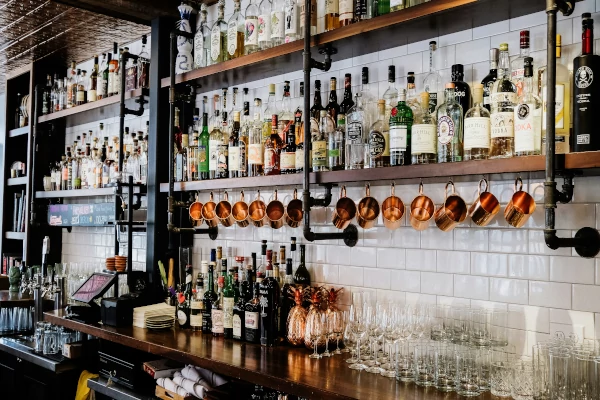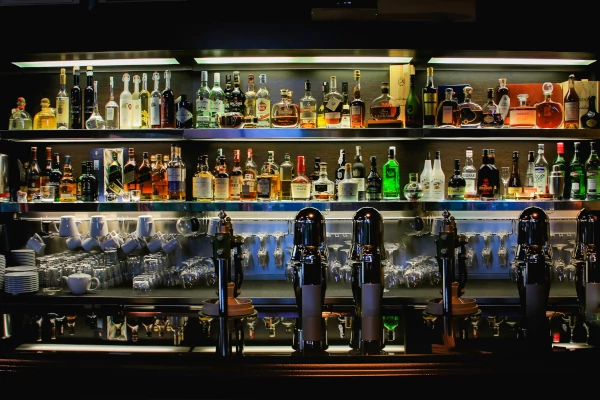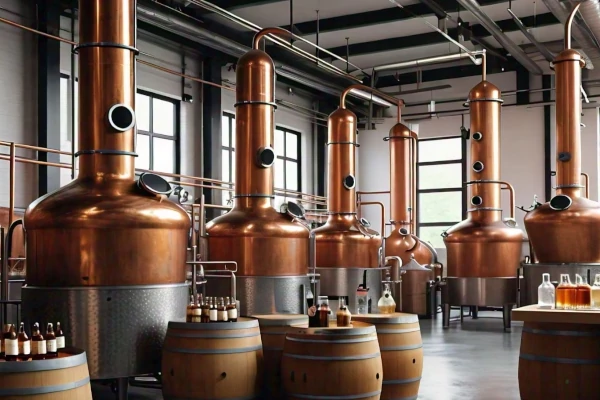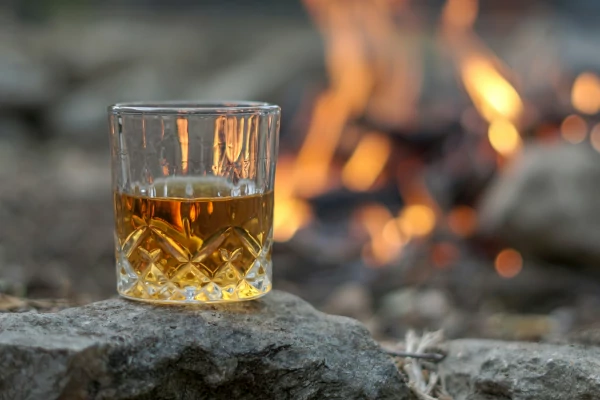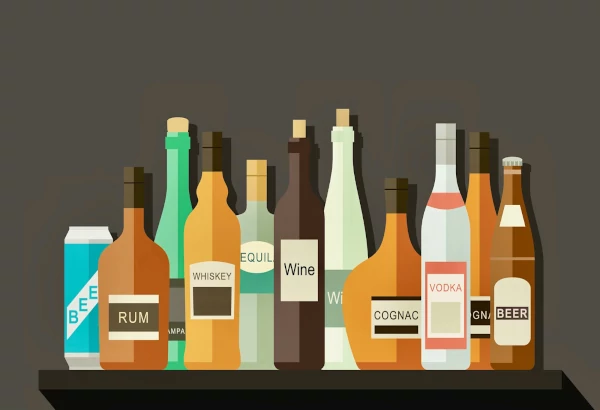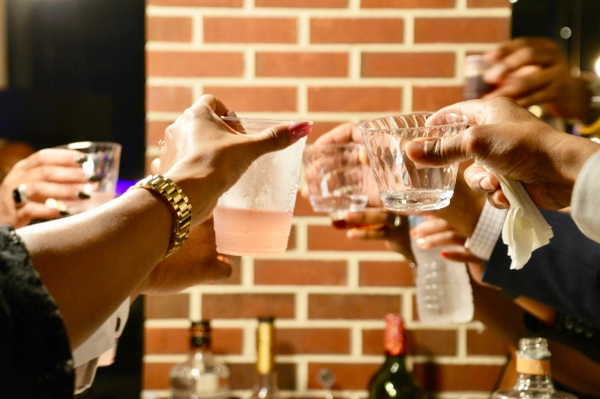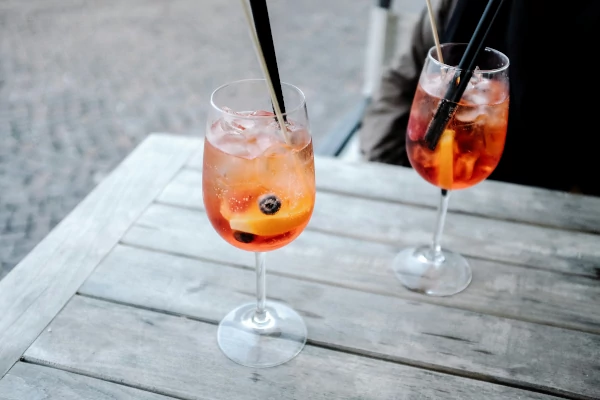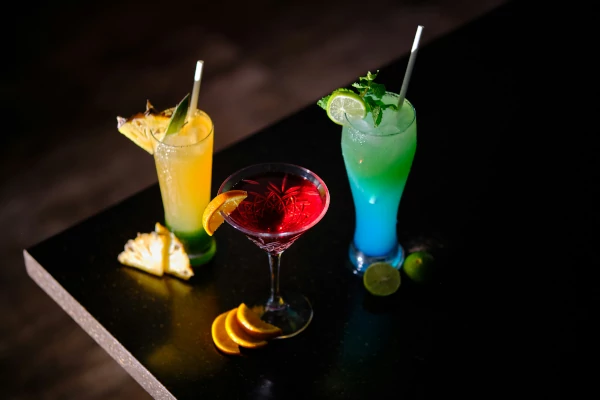Understanding the Cocktail Process: From Concept to Execution
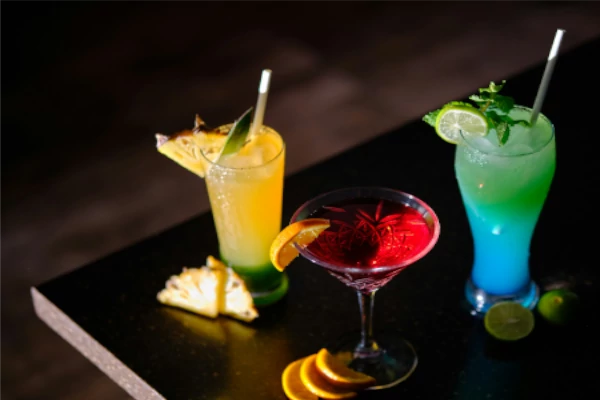
Learn the art of cocktail creation from start to finish, including how to conceptualize unique drinks, balance flavors, and execute perfect preparations. Master the entire cocktail process to craft beverages that delight and impress.
Creating a cocktail is both an art and a science, blending creativity with technique to produce a drink that delights the senses. Whether you’re an aspiring mixologist or a home enthusiast, understanding the entire process of cocktail creation can elevate your drink-making skills. In this guide, we'll break down the journey from conceptualizing a new cocktail to executing it flawlessly, ensuring that every drink you craft is both unique and expertly balanced.
It is advisable to have alcohol/liquor drinking license in Maharashtra. You can apply online for alcohol/liquor drinking liquor license here : Click Here to Apply Now
1. Conceptualizing the Cocktail
A. Inspiration and Theme
The first step in creating a cocktail is finding inspiration. This could come from a variety of sources, such as:
a. Seasonal Ingredients: Think about what fruits, herbs, and spices are in season.
b. Flavor Profiles: Consider what flavors you want to highlight, such as citrusy, herbal, spicy, or sweet.
c. Cultural Influences: Explore cocktails from different cultures for inspiration.
d. Personal Experiences: Draw on your own memories or favorite flavors.
B. Defining the Cocktail’s Purpose
Determine the purpose of your cocktail. Are you aiming to create a refreshing summer drink, a warming winter concoction, or a sophisticated cocktail for a special event? The purpose will guide your ingredient choices and preparation methods.
C. Selecting the Base Spirit
Choose a base spirit that aligns with your cocktail’s theme. The spirit you select will greatly influence the overall flavor profile. Common options include:
a. Vodka: Neutral and versatile.
b. Gin: Aromatic with botanical notes.
c. Rum: Sweet and rich, with variations like light, dark, and spiced.
d. Tequila: Earthy and robust, often with a distinct agave flavor.
e. Whiskey: Complex and full-bodied, with variations such as bourbon, rye, and scotch.
2. Developing the Recipe
A. Balancing Flavors
A well-crafted cocktail balances sweetness, sourness, bitterness, and strength. Consider the following:
a. Sweetness: Use syrups, liqueurs, or fresh fruits.
b. Sourness: Incorporate citrus juices like lemon or lime.
c. Bitterness: Add bitters or tonic water.
d. Strength: Adjust the alcohol content by varying the amount of base spirit.
B. Ingredient Sourcing
Source high-quality ingredients to ensure the best results. This includes:
a. Fresh Produce: Opt for fresh fruits, herbs, and spices.
b. Premium Spirits: Choose reputable brands for a superior taste.
c. Specialty Ingredients: Consider unique syrups, bitters, or mixers for added complexity.
C. Testing and Tweaking
Experiment with different ingredient ratios to perfect your recipe. Make small adjustments, taste frequently, and take notes to refine the flavor profile.
3. Executing the Cocktail
A. Preparation Techniques
Master the essential preparation techniques to achieve the perfect cocktail:
a. Shaking: Ideal for mixing ingredients that need thorough blending, like cocktails with citrus juices or dairy.
b. Stirring: Best for spirit-forward cocktails that require gentle mixing, such as martinis and manhattans.
c. Muddling: Use this technique to release the flavors from fruits, herbs, or spices.
d. Layering: Create visually appealing cocktails by carefully layering ingredients.
B. Proper Tools
Equip yourself with the necessary tools for cocktail preparation:
a. Cocktail Shaker: For shaking drinks.
b. Mixing Glass: For stirring cocktails.
c. Jigger: For precise measurements.
d. Muddler: For crushing ingredients.
e. Strainer: To separate liquid from ice or solids.
f. Bar Spoon: For stirring and layering.
C. Garnishing
Garnishes enhance both the appearance and aroma of a cocktail. Choose garnishes that complement your drink and consider:
a. Citrus Twists: Add a fresh, zesty aroma.
b. Herbs: Provide a fragrant touch, such as mint or basil.
c. Fruits: Add visual appeal and a hint of flavor.
d. Spices: Introduce aromatic elements, like cinnamon sticks or star anise.
4. Presentation and Serving
A. Glassware
Select the appropriate glassware for your cocktail. The type of glass can influence the drinking experience:
a. Highball Glass: For tall, mixed drinks like the Mojito.
b. Old Fashioned Glass: For short, strong cocktails like the Old Fashioned.
c. Martini Glass: For classic cocktails like the Martini.
d. Coupe Glass: For elegant, shaken cocktails.
B. Serving Temperature
Ensure your cocktail is served at the ideal temperature:
a. Chilled Cocktails: Serve in pre-chilled glasses or with plenty of ice.
b. Warm Cocktails: Make sure they are served at the right warmth, such as mulled wine or hot toddies.
C. Final Touches
Add any final touches, such as a splash of club soda for effervescence or a dash of bitters for added complexity. Make sure the cocktail is visually appealing and ready for enjoyment.
5. Evaluating and Refining
A. Tasting and Feedback
Taste your cocktail and seek feedback from others. Consider their input and make any necessary adjustments to improve the recipe.
B. Documenting the Recipe
Record your final recipe, including ingredient ratios and preparation methods. This documentation will be valuable for recreating the cocktail or sharing it with others.
C. Continuous Improvement
Mixology is a dynamic field, so stay open to experimentation and refinement. Keep exploring new flavors and techniques to enhance your cocktail-making skills.
Conclusion
Crafting the perfect cocktail involves a blend of creativity, precision, and technique. By understanding the entire process—from conceptualization to execution—you can create cocktails that are not only delicious but also uniquely yours. Embrace the journey, experiment with flavors, and enjoy the art of mixology. Cheers to your cocktail-making adventures!
How to get drinking liquor license : Click Here to Apply Now
